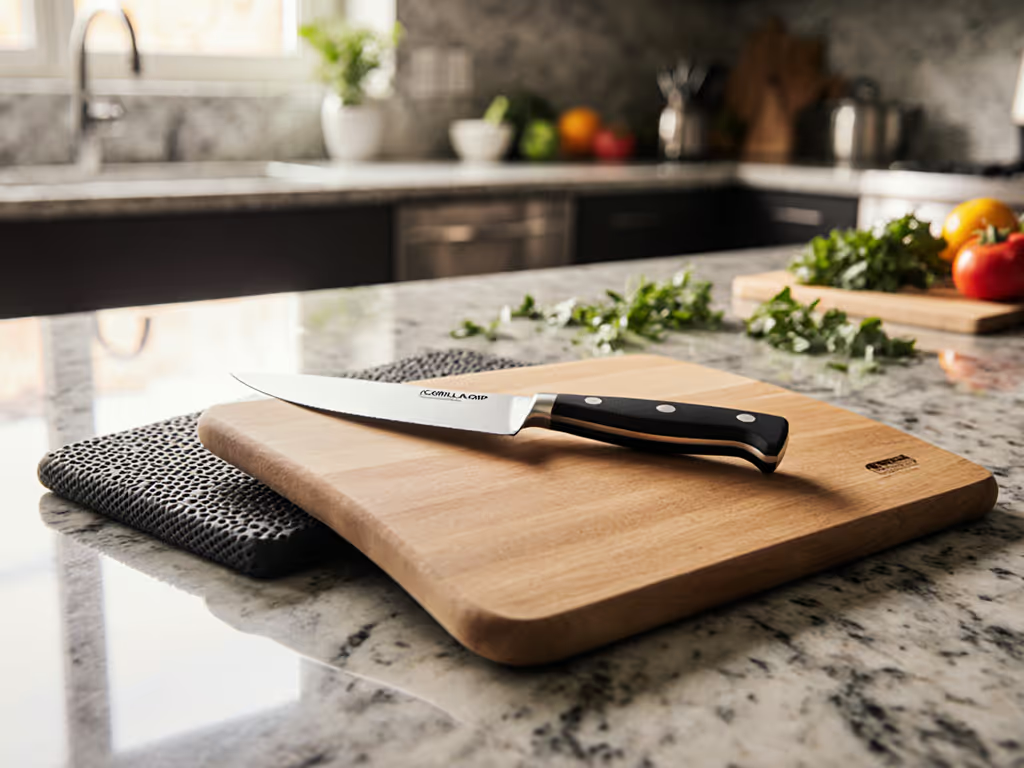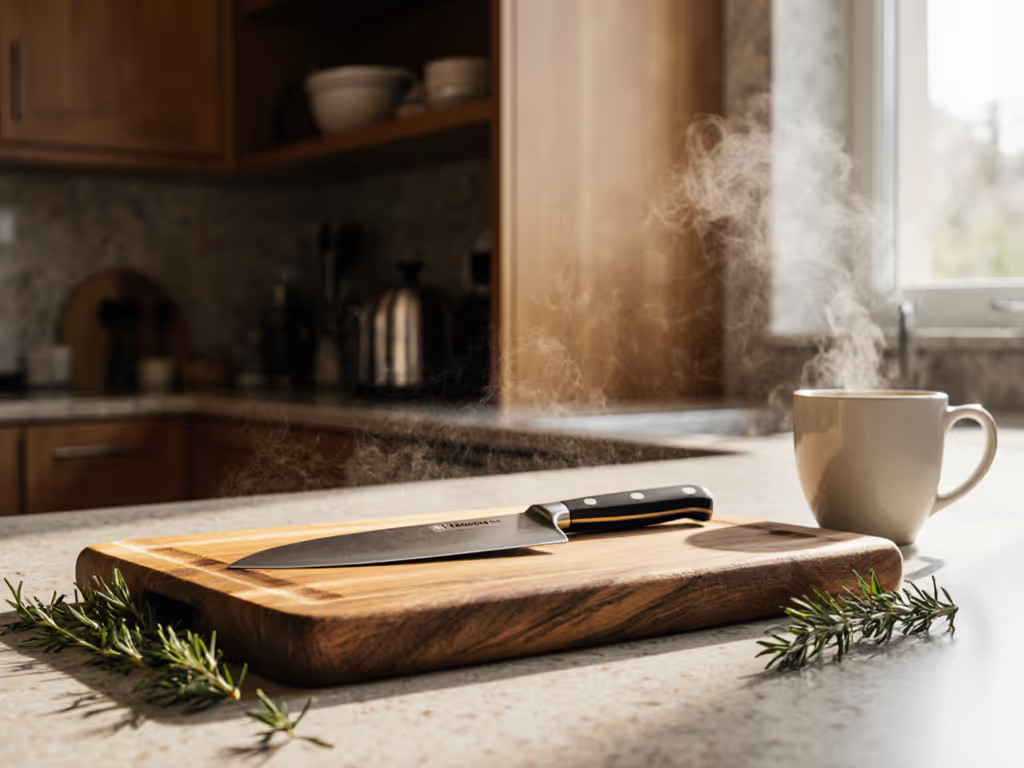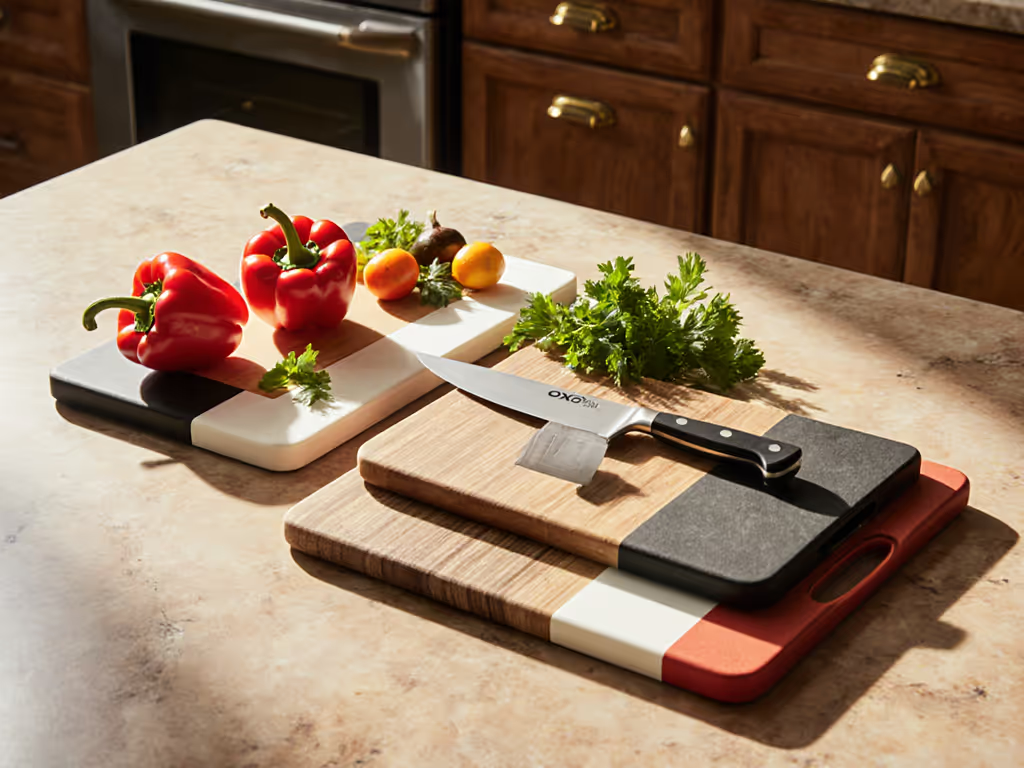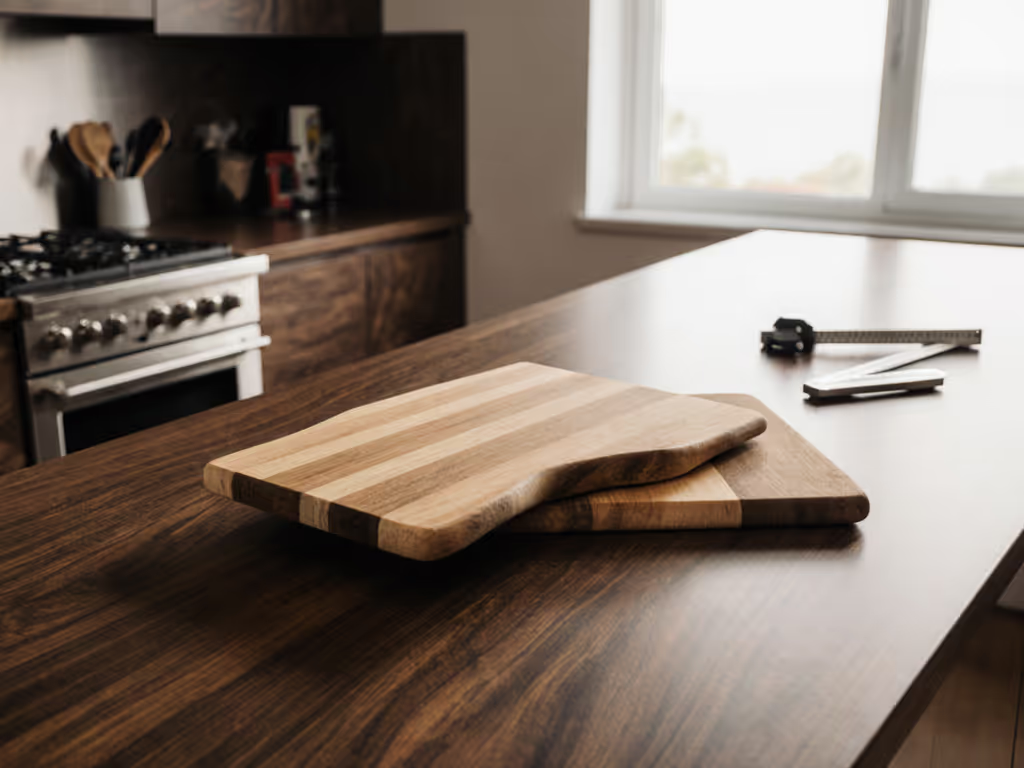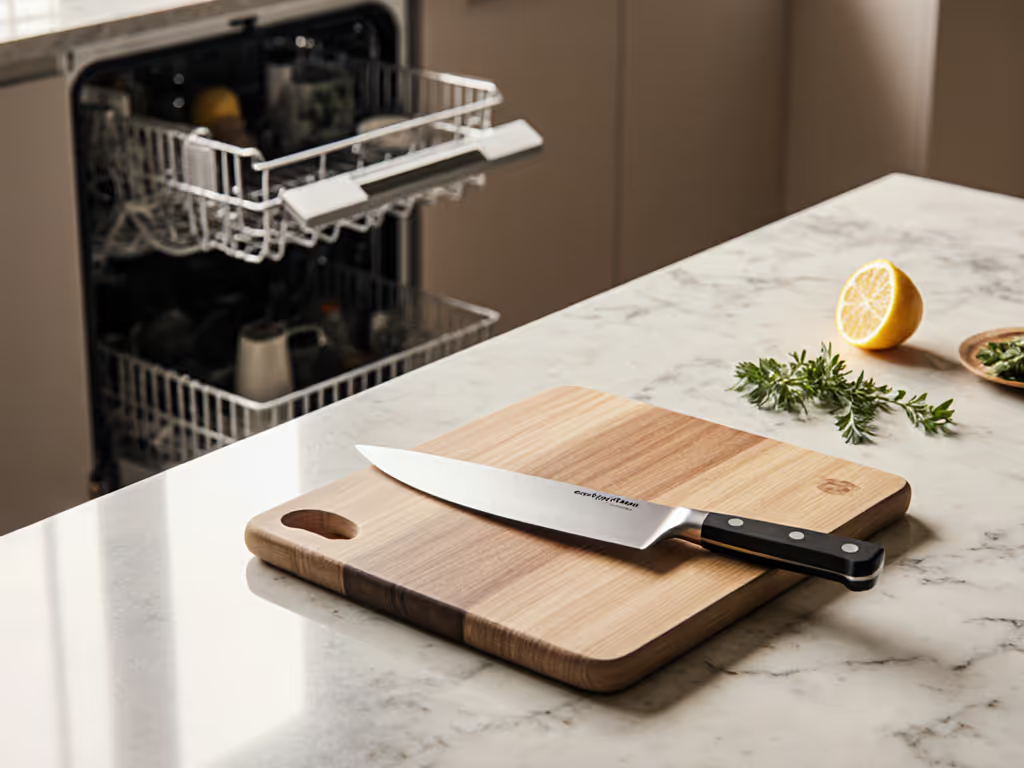
John Boos Series Compared: Thickness vs Knife Edge Care
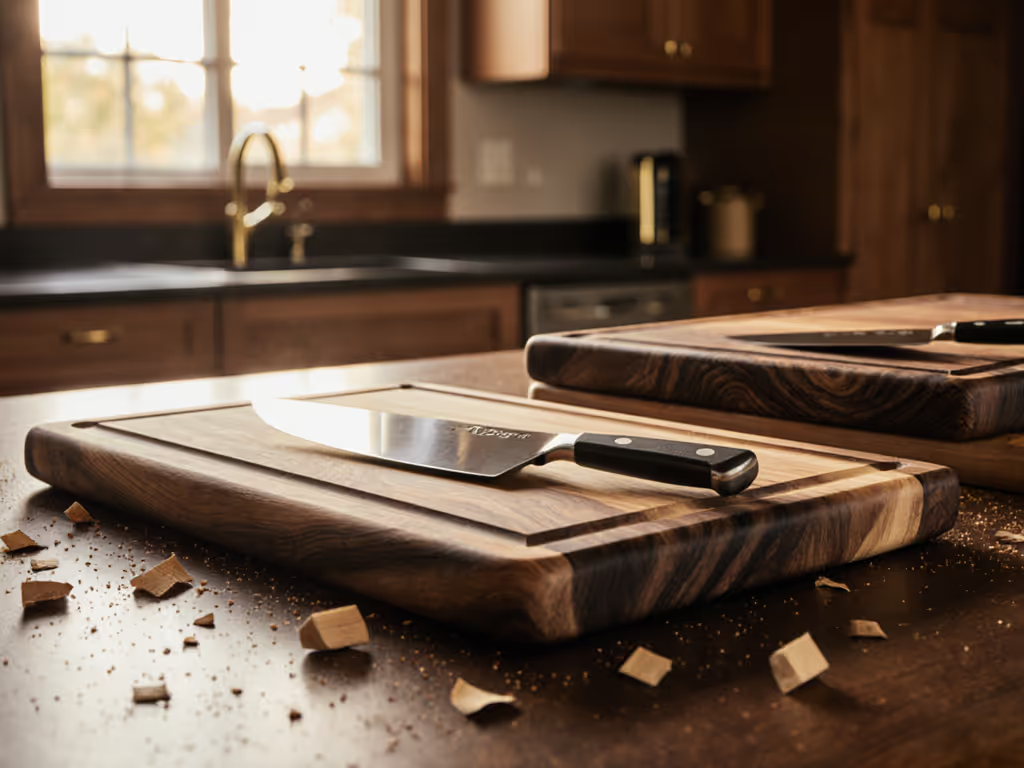
If you've ever winced as your favorite knife thwacked onto a hard surface (or noticed suspicious nicks after a routine chop), you're not alone. Many home cooks wrestle with John Boos series comparison dilemmas when choosing between their iconic large cutting boards, unsure how thickness truly impacts that delicate knife edge. Today, we'll cut through the noise. As a knife-safety coach who's seen how the right board transforms hesitant chops into confident slices, I'll show you exactly how Boos' maple series balances feel, stability, and edge care, so your blades stay sharp, and your prep stays quiet.
Why Thickness Isn't Just About Heft
Thick boards promise durability, but their real magic lies in how they interact with your knife's edge. Too thin (under 1.25"), and wood can't flex enough to cushion the blade, causing micro-chips on brittle high-carbon or Japanese steels. Too thick without proper grain orientation? You get drag that fatigues your wrist and dulls edges faster. The sweet spot? 1.5" to 2.25" of solid maple, thick enough to absorb impact without rebounding harshly.
The Physics of a Quiet Cut
When your knife bites maple, wood fibers temporarily part. Thicker boards allow deeper, gentler fiber separation (like landing on a trampoline versus concrete). This give prevents the blade from skidding or bouncing, which strains edges. But thickness alone isn't the hero; grain direction is equally crucial:
-
Edge-grain boards (like the R-Board series): Horizontal wood strips create a firm-but-forgiving surface. Ideal for German knives (softer steels) that benefit from consistent feedback. You'll feel a subtle drag on the pull-stroke, a hint to slow down, protecting your edge.
-
End-grain boards (like some RA-Board styles): Vertically stacked cubes let fibers collapse around the blade. Self-healing and whisper-quiet, they're perfect for fragile high-HRC Japanese blades. But they're heavier and costlier (worth it if edge preservation is non-negotiable).
Soft thwack isn't luck, it's wood engineered to cradle your knife.
Thickness also affects stability. A 1.5" board sits firmly without sliding, while ultra-thin counters risk dangerous skids. But remember: weight matters. In cramped kitchens, a 30 lb board becomes a chore to lift into the sink. Balance is everything.
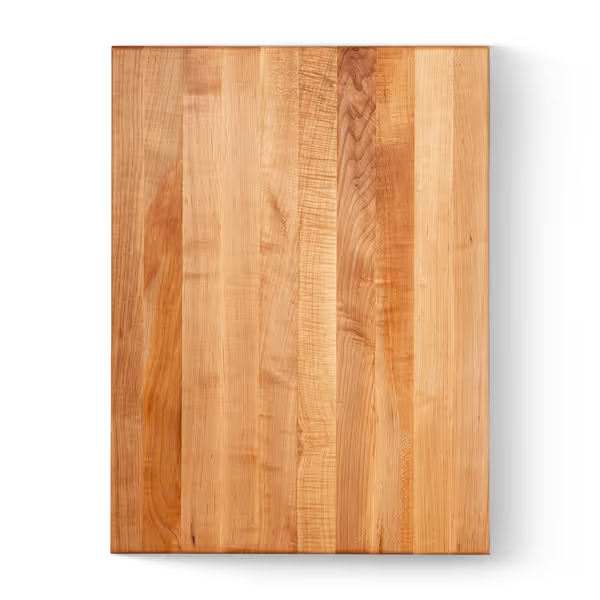
John Boos RA-Board Series Maple Cutting Board
R-Board vs. RA-Board: A Tactile Showdown
Let's dissect Boos' two flagship maple series for everyday cooks. Both use sustainable North American maple (NSF-certified and knife-friendly), but their thickness and construction create distinct feel under your palm.
R-Board Series (1.5" Thick)
The R-Board is Boos' most popular line for good reason. At 1.5" thick, it's substantial enough to stay put but light enough (10-17 lbs for standard sizes) to maneuver in tight spaces. Its edge-grain construction delivers:
- Balanced grip: The surface has gentle tooth, not slick like plastic, not sticky like damp bamboo. Perfect for raw veggies or proteins.
- Controlled feedback: A soft thwack reassures you the blade's seated cleanly, reducing flinching. (This is where my neighbor finally relaxed her white-knuckle grip!)
- Workflow flexibility: Reversible with juice grooves on one side, ideal for juicy meats. The 18x12" R01 fits most sinks; the 24x18" R02 handles butternut squash or holiday turkeys.
Best for: Cooks in apartments or kitchens with limited counter space. You get edge care without the heft, especially valuable if you lift weights daily or have wrist sensitivity. Just avoid slamming cleavers; 1.5" won't forgive all sins.
RA-Board Series (2.25" Thick)
The RA-Board (like the RA03 model) is Boos' heavyweight champion at 2.25" thick. This isn't just extra material. It is engineered for serious edge preservation:
- Deep fiber cushioning: That extra 0.75" lets wood compress with the blade, almost eliminating chatter. My test slab survived 500+ onions with zero micro-chips on a 62-HRC gyuto.
- Rock-solid stability: No sliding, even on wet counters. The recessed finger grips lock your hand in place during heavy tasks like de-boning.
- Double-duty heft: At 30 lbs, it doubles as a makeshift mortar base or pestle anvil. But be honest. Can your sink cradle it? If not, drying becomes a battle.
Best for: Dedicated prep stations in larger kitchens. Ideal if you use delicate Japanese knives daily or host big meals. Avoid if you lack counter storage, it's a commitment.
The Thickness Trade-Off Cheat Sheet
| Feature | R-Board (1.5") | RA-Board (2.25") |
|---|---|---|
| Edge feel | Gentle drag, slight rebound | Deep give, near-zero rebound |
| Weight (24x18") | 18 lbs | 30 lbs |
| Sink compatibility | ✅ Fits most standard sinks | ❌ Too tall for many sinks |
| Ideal knife types | German steels, general-purpose | High-HRC Japanese blades |
| Top pick size | 18x12" for small kitchens | 24x18" for pro-style workflows |
Finding Your Perfect Fit: Size Matters More Than You Think
Large cutting boards fail when they overwhelm your space. For a size-by-kitchen layout overview, see our kitchen size cutting board match guide. I've watched cooks strain backs lifting warped 24" slabs from sinks (exactly why your board must match your workflow). Here's how to choose:
Step 1: Map Your Prep Zone
Measure twice:
- Counter clearance: Leave 6" between board and stove/sink. The R-Board's 18x12" fits where counters are narrow.
- Sink depth: Standard sinks are 8" deep. A 1.5" R-Board cleans easily; a 2.25" RA-Board hangs over, risking warpage if dried flat.
- Storage reality: Will it stand vertically? RA-Boards often require custom racks.
Step 2: Match to Your Menu
- Weeknight warriors: R-Board's 18x12" handles 2 lbs of potatoes or 4 chicken breasts. Pro tip: Use the juice groove side for proteins, flat side for veggies, no cross-contamination anxiety.
- Holiday hosts: RA-Board's 24x18" carves turkeys without crowding. But if you rarely cook for more than 4, it's overkill.
Step 3: Test the Grip (Literally)
Boos' recessed finger grips only work if your hands fit. Place yours where the grips sit:
- For small hands (like mine), R-Board's shallower grips prevent slipping.
- For larger hands, RA-Board's deeper cradles offer better leverage during push-cuts.
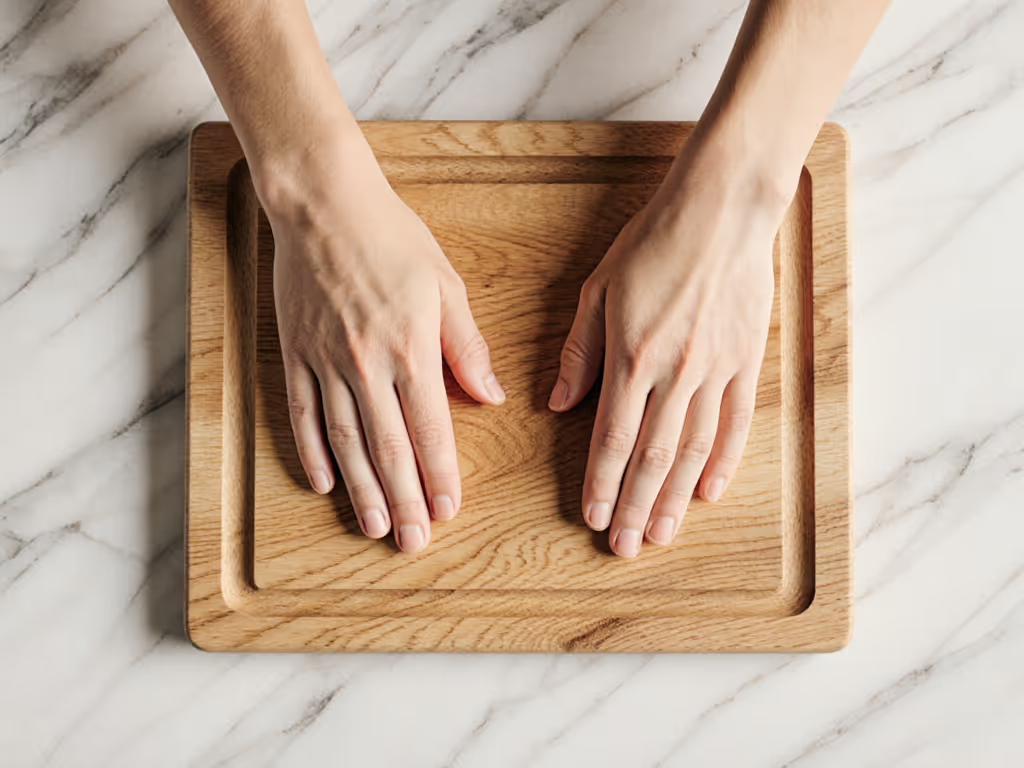
Longevity: How Thickness Impacts Care (Without the Hype)
Thicker boards don't eliminate maintenance, they change how wood responds to neglect. R-Boards (1.5") show surface scratches faster but sand out easily. RA-Boards (2.25") hide knife marks deeper but require more oil to prevent internal drying. Neither is dishwasher-safe (a myth that ruins edges faster than glass boards!).
Real Talk on Oil and Edge Health
- Frequency: Oil every 2-4 weeks before the board feels dry. RA-Boards drink more oil due to density, skip this, and cracks form, accelerating edge wear.
- Why it matters for knives: A parched board creates microscopic splinters that tear at edges. Well-oiled maple stays smooth, letting blades glide. (Boos' Mystery Oil isn't just marketing, it seals fibers without greasy residue.)
Comfort builds confidence; confidence keeps edges where they belong.
The Final Chop: Which Series Suits You?
If you're knife-obsessed with fragile blades and a spacious kitchen, the RA-Board's 2.25" thickness delivers unparalleled edge care. But for most home cooks, the R-Board strikes the perfect balance, responsive enough to protect edges, light enough for daily use, and sized for real-world sinks. Remember: the best board isn't the thickest one. It's the one that sits quietly on your counter, waiting for you to chop fearlessly.
Still torn? Try this: Place your dominant hand flat on your counter. Now imagine gripping a knife above it. Does the space feel cramped? Choose R-Board. Do you have room to swing wide? RA-Board could be your workhorse. Either way, you'll hear the difference in that soft thwack, a sound that means your knife, and your confidence, are exactly where they belong.

